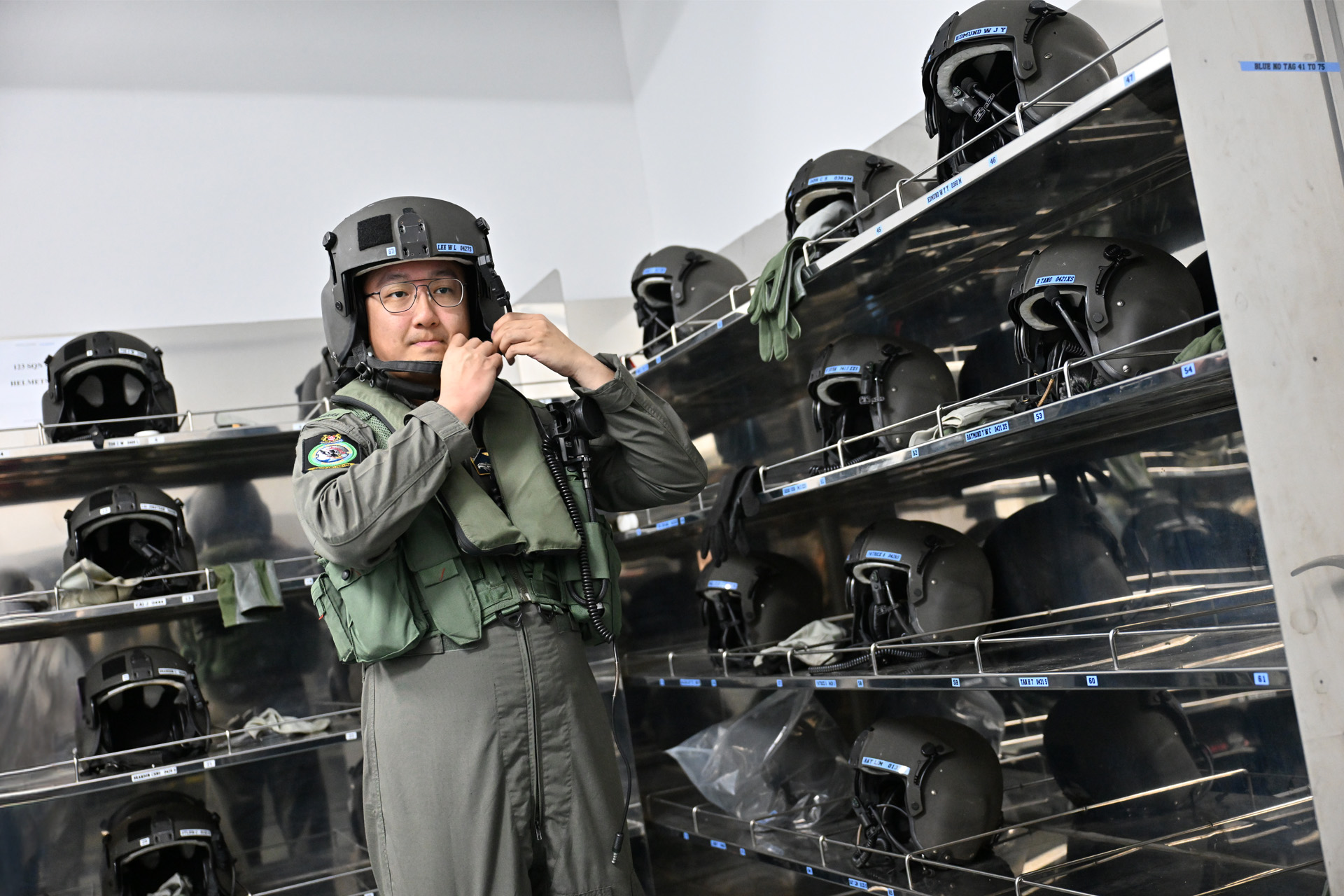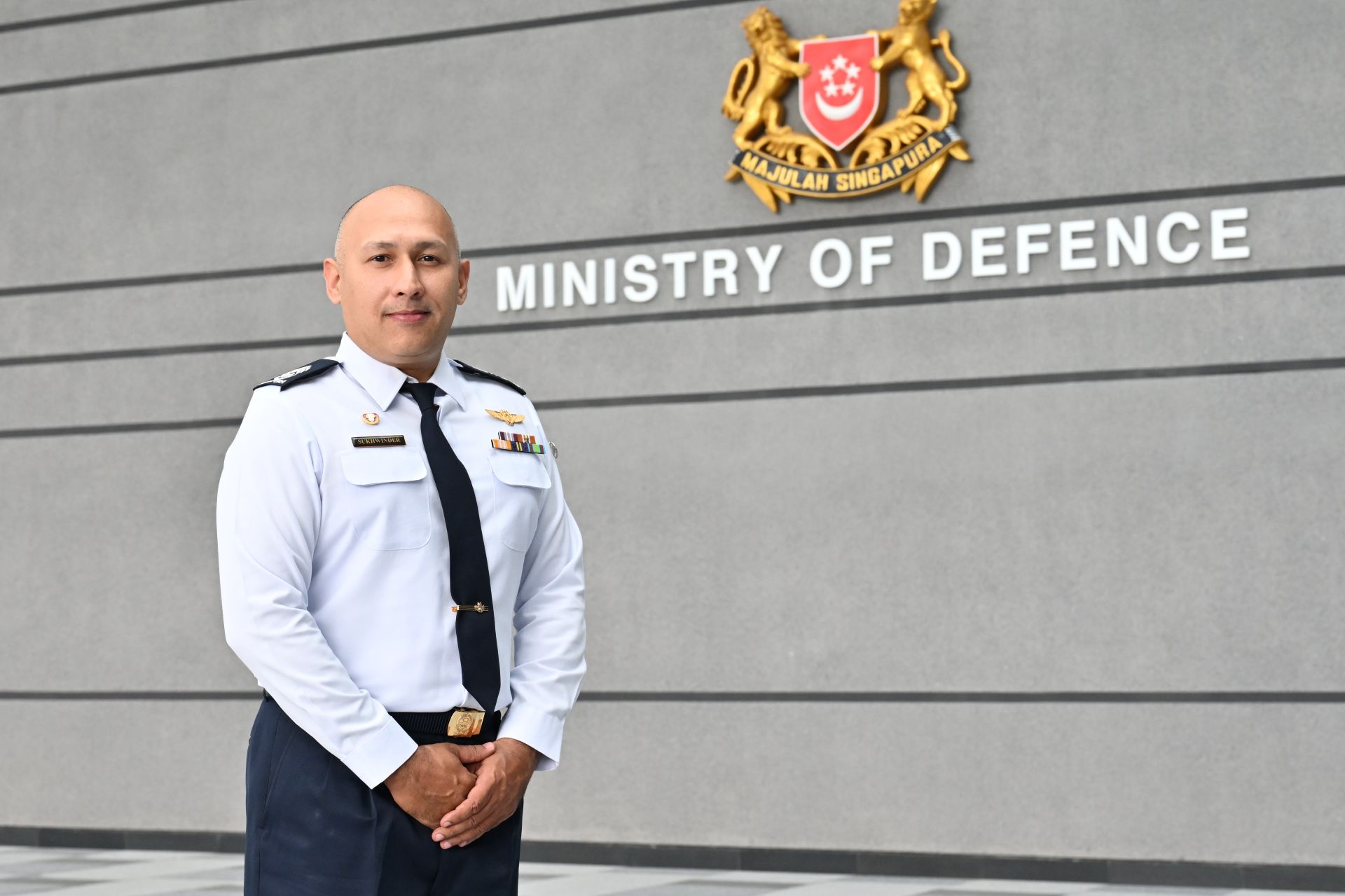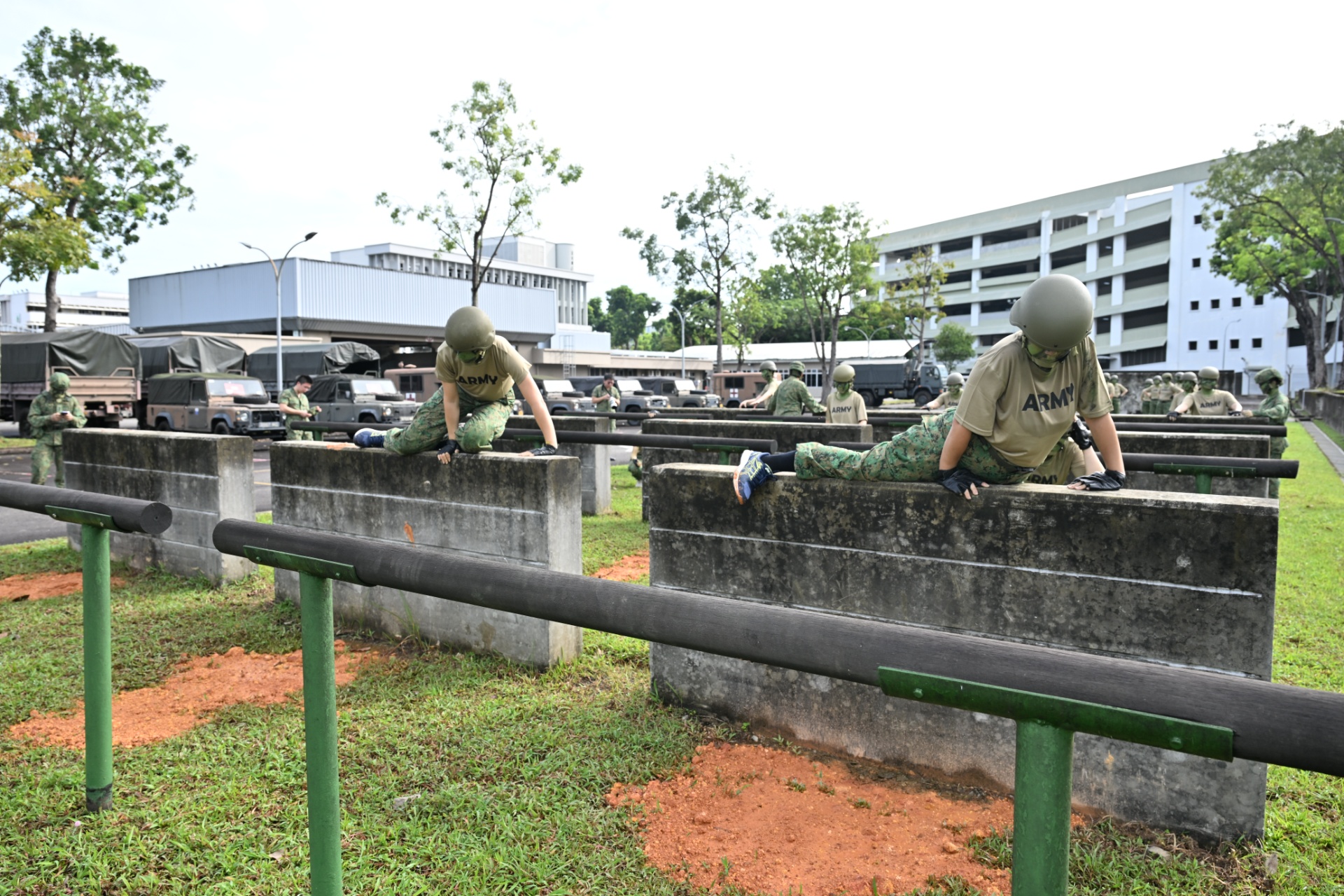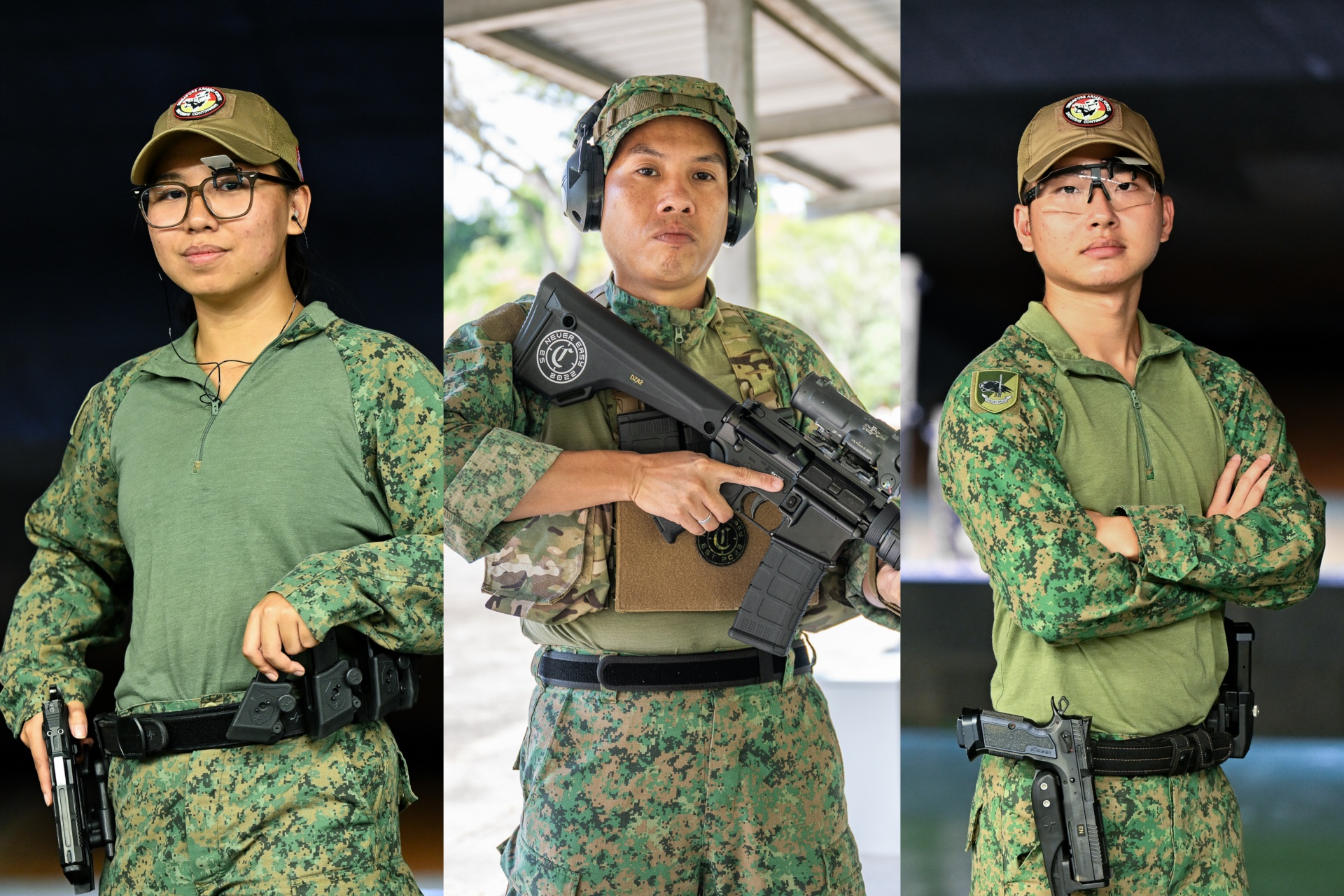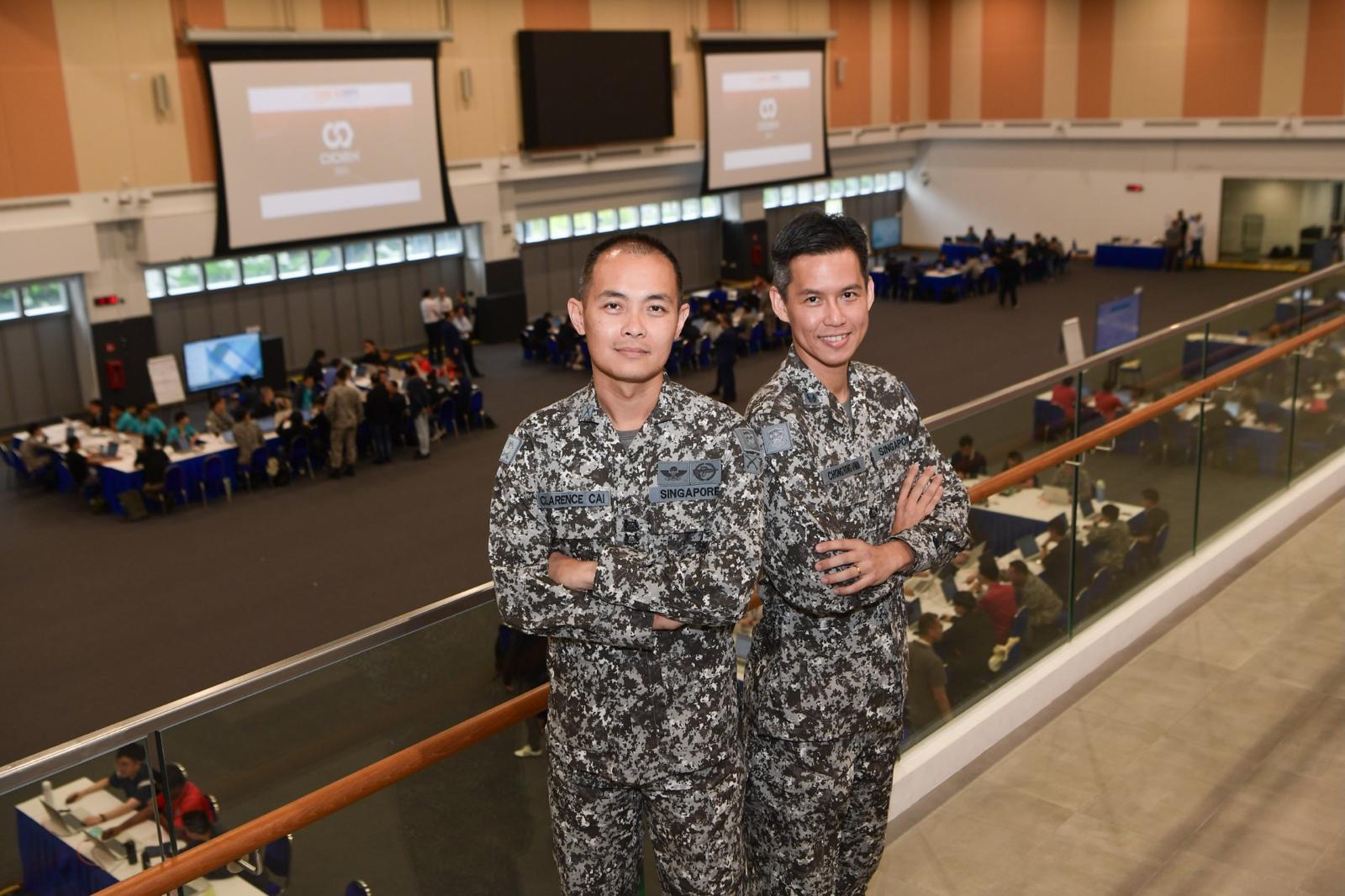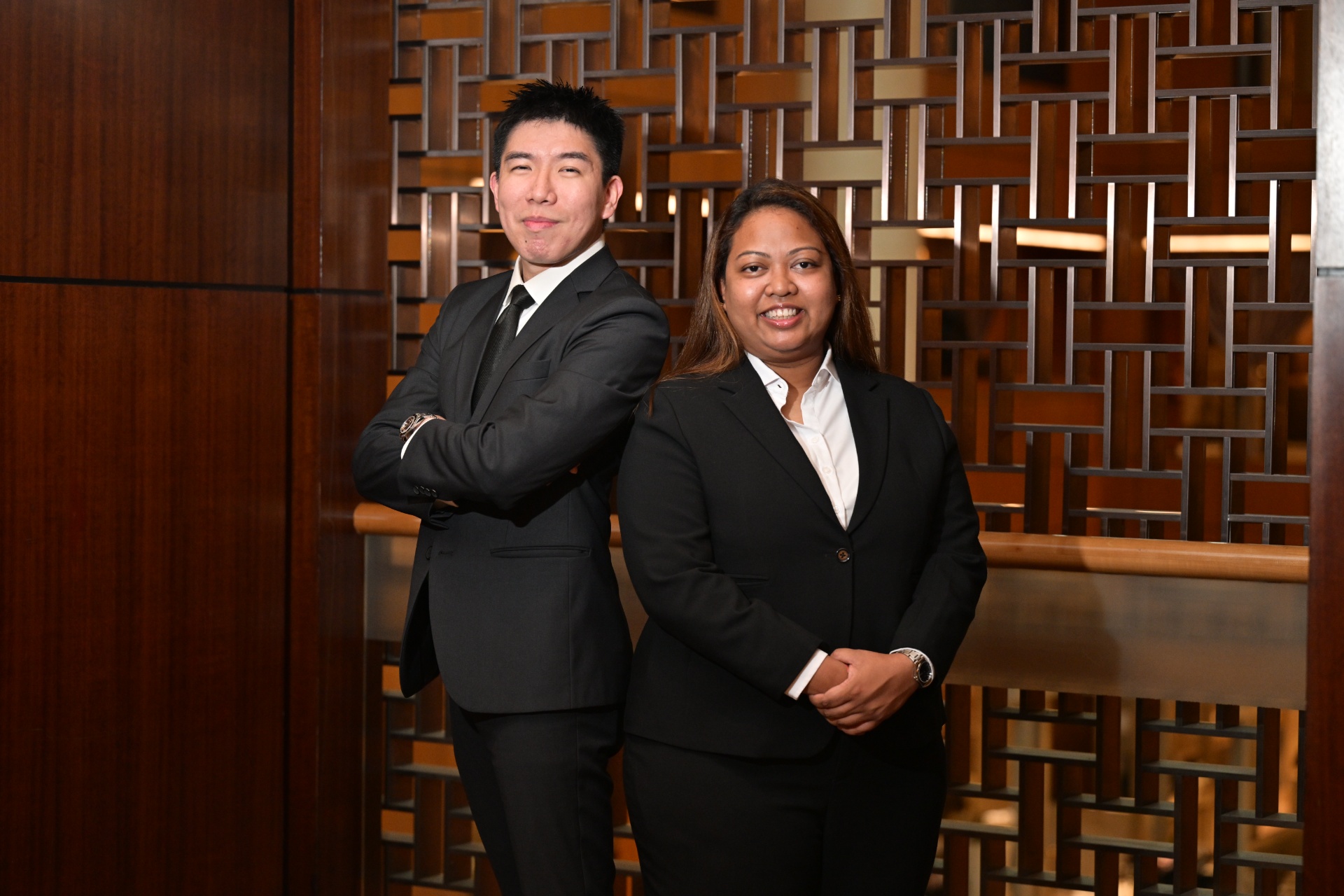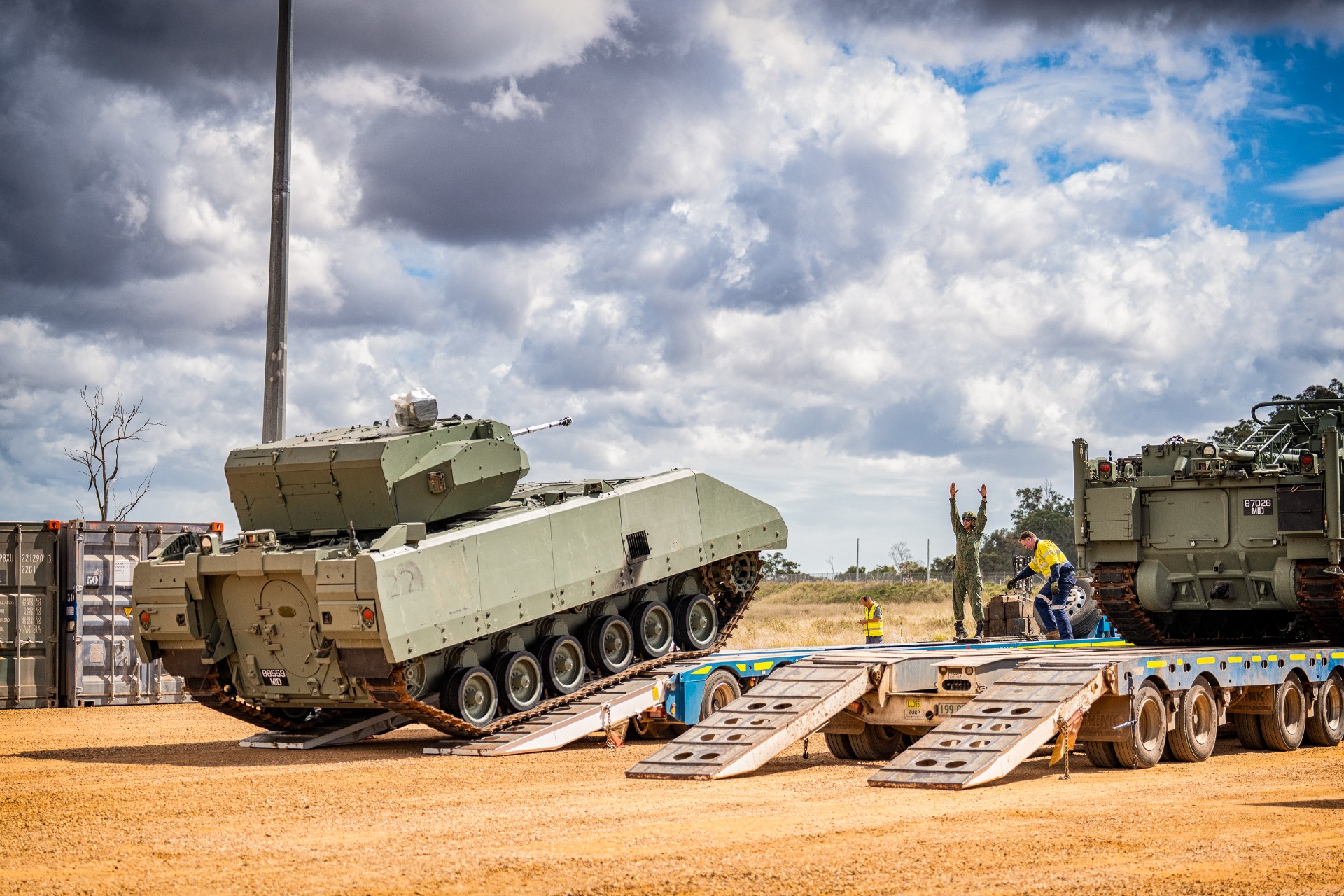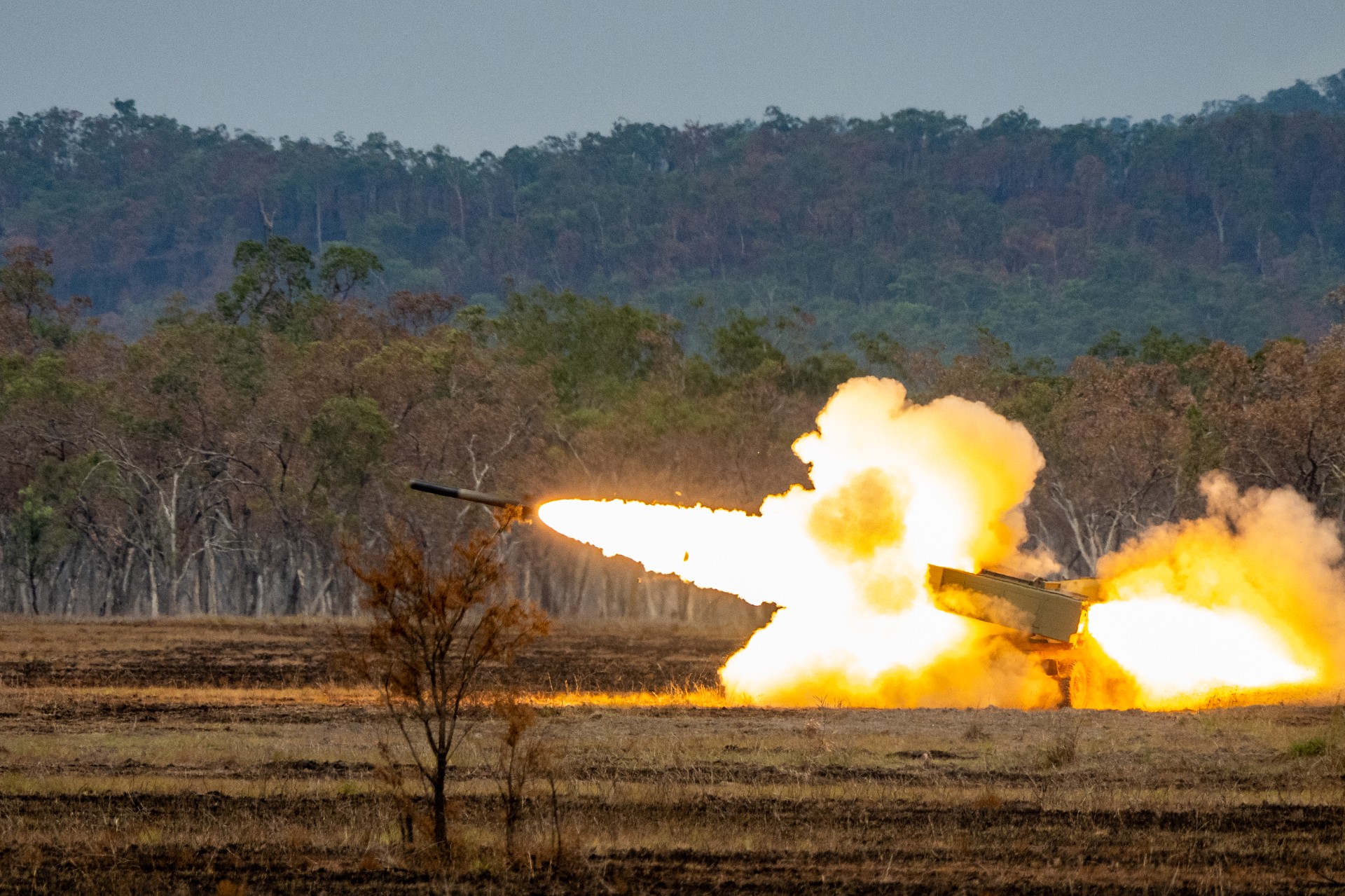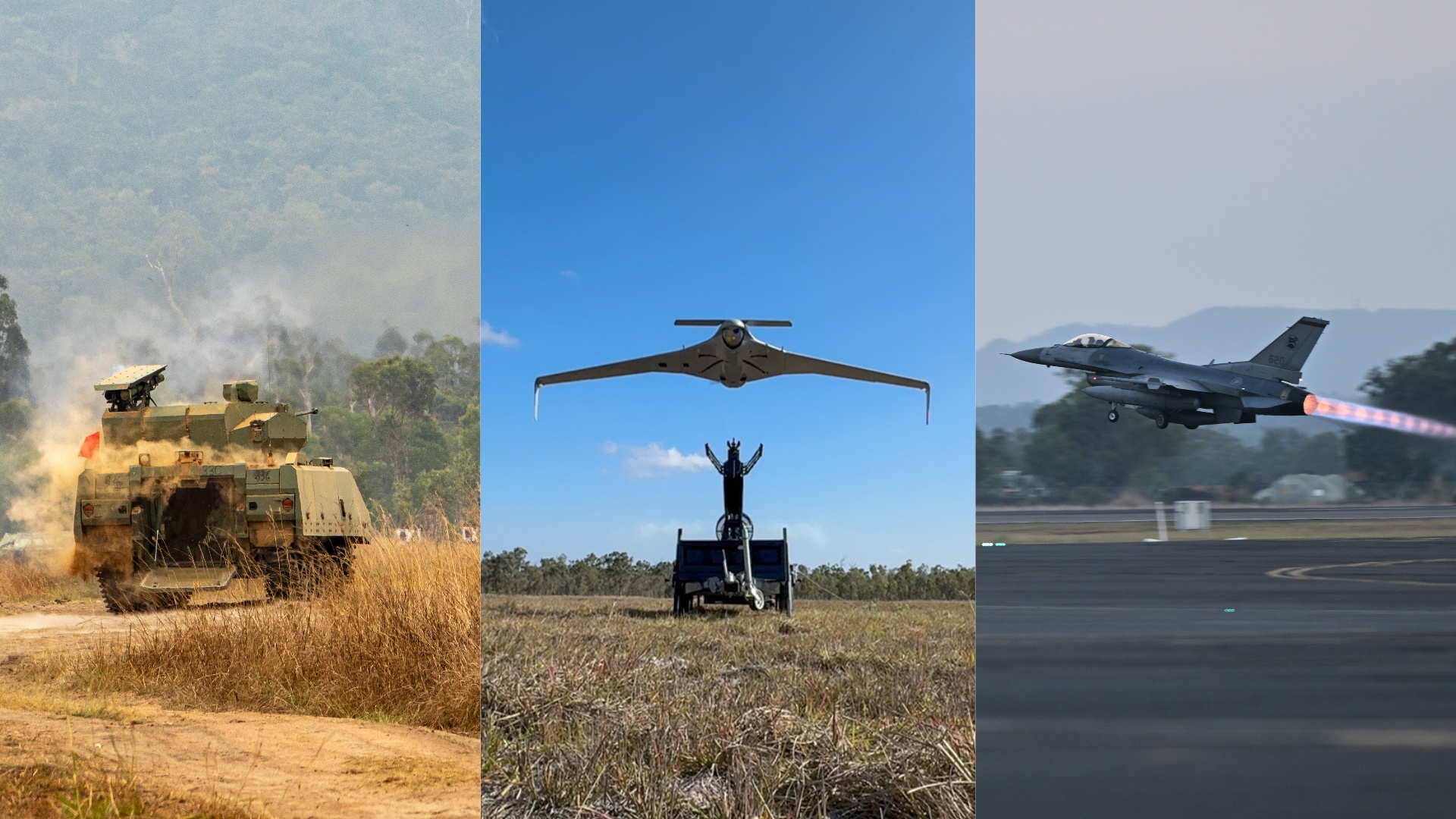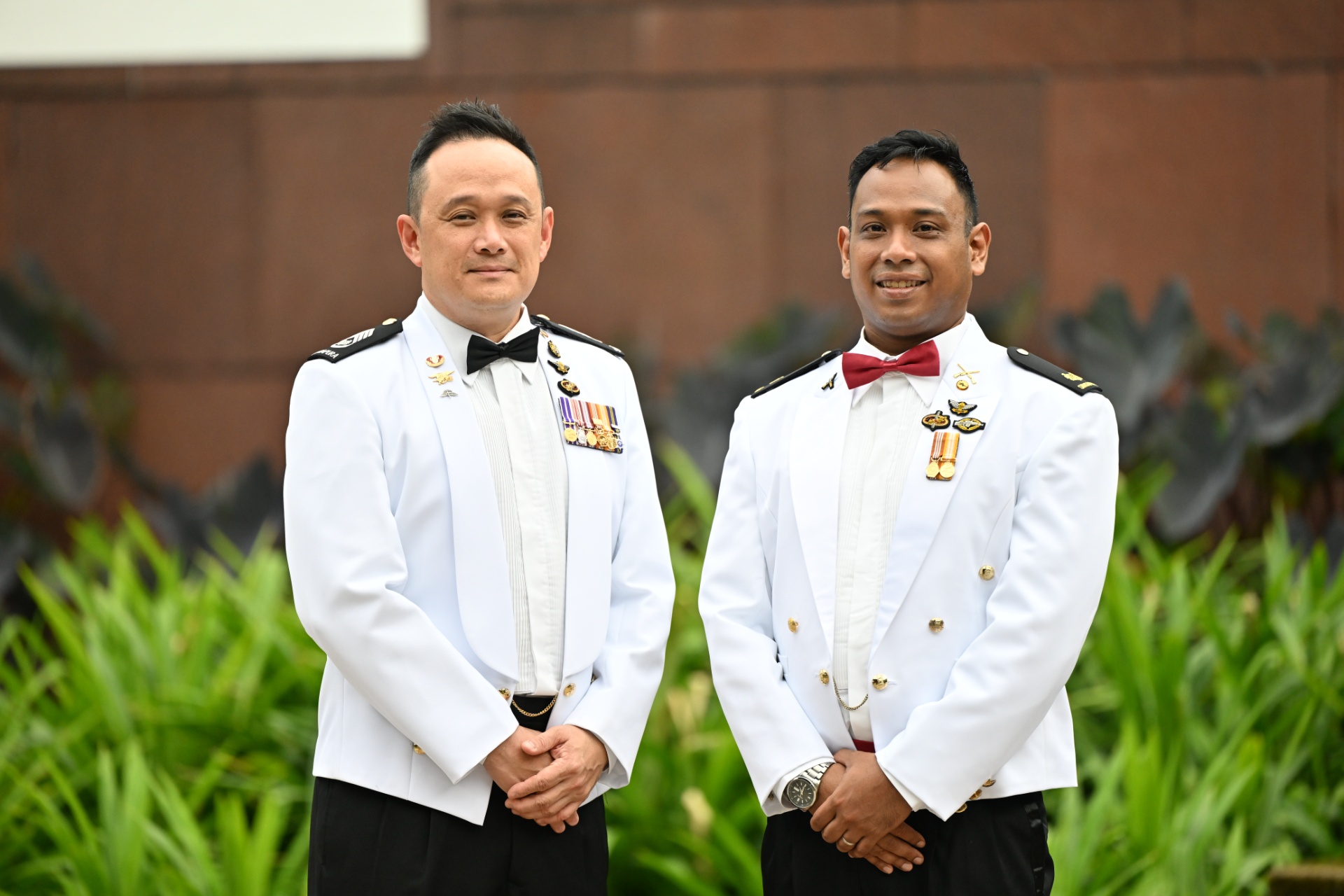OPERATING OVER SKIES & SEAS
This gear is designed to help a Sensor Supervisor survive emergencies in the air and at sea.Sensor Supervisors (or SENSUPs) are an unusual breed of sailors – they are Republic of Singapore Navy personnel who fly on board the S-70B Seahawk Naval Helicopters!
Ready for situations both in the air and at sea, they control the Helicopter Long Range Active Sonar (HELRAS) and operate over vast open waters.
Flight vest with inflatable survival vest
The flight vest contains a life or survival vest that is manually inflated to keep the user afloat in water. It also has pouches that contain tools and equipment (pictured below) crucial to a SENSUP’s survival if they are stranded at sea
In an emergency, this vest will keep them alive.
Fun fact: The vest is known as a “Mae West”, after the early 1900s American actress, because it gives the wearer a buxom appearance when inflated. We don’t make the rules.
Short-Term Air Supply System & communications set
The Short-Term Air Supply System (STASS) is a portable breathing apparatus that provides oxygen.
During an emergency where the naval helicopter is plunged into the sea, crew could be trapped inside. The STASS allows them to breathe underwater, buying them precious time as they escape from the helicopter in distress.
The communications set, also known as a personal locator beacon, is a satellite distress beacon. When activated, it sends a signal to a worldwide search-and-rescue network with accurate identification and location information so that rescue teams can get to the distressed crew swiftly.
It also has two-way communication capabilities so that crew can exchange vital information with their rescuers.
Compass, heliograph mirror & strobe light
The compass will help the SENSUP find his or her bearings if marooned in an unfamiliar location.
The heliograph is a solar telegraph system that makes use of sunlight reflected off a mirror for long-distance communications. A SENSUP can communicate via morse code by pivoting the heliograph mirror to create a series of dots and dashes, or interuppting the beam with a shutter.
The strobe light, or distress marker light, allows the air crew to send out light signals to call for help. Waterproof up to depths of 50ft (15.2m), it can be used by the SENSUP and air crew to send out SOS calls even if they are stranded at sea.
KA-BAR knife & first aid kit
The KA-BAR knife, a heavy duty combat knife, is useful in any situation from self defence to hunting.
The first aid kit includes a first aid dressing – a sterilised pressure dressing to stop bleeding and keep wounds dry and clean.
Fun fact: Legend has it that the blade got its name back in 1923, when a hunter fought a Kodiak bear with the knife. He sent the bear’s skin to the blade manufacturer, Union Cutlery.
Inspired, the company combined “KA” for “Kodiak” with “BAR” for “bear” and trademarked “KA-BAR” in 1924. During World War II, it began manufacturing combat knives for the United States military stamped with “KA-BAR”.
Its 1219C2 USMC Fighting Utility Knife became the most popular, and soldiers began calling the knife “KA-BAR” regardless of its manufacturer. Riding on its popularity, Union Cutlery changed its name to Ka-Bar Cutlery Inc. in 1952.
Flight helmet
On top of protecting the SENSUP’s head during flight, this helmet also comes with special features!
Within the helmet are two visors – a tinted one for daytime (pictured, left) and a clear one for night flights. The SENSUP slides down the different visors by pushing down the round knobs on the left or right of the helmet.
Another special feature is a hands-free, lip-activated torch light located below the adjustable microphone. SENSUPs can turn the torch on or off by puckering their lips to tap the switch behind the light.
Helmet bag & flight gloves
The helmet bag holds the SENSUP’s helmet, fire resistant flight gloves and aircrew pocket checklist for pre-flight, in-operation and post-flight processes. It also contains reference notes for emergency handling and operation systems.
Known informally as a “monkey harness”, the winchman safety belt allows the SENSUP to move around the helicopter safely while in flight. One end is worn around the SENSUP’s waist while the other is attached to a strong point in the helicopter.
